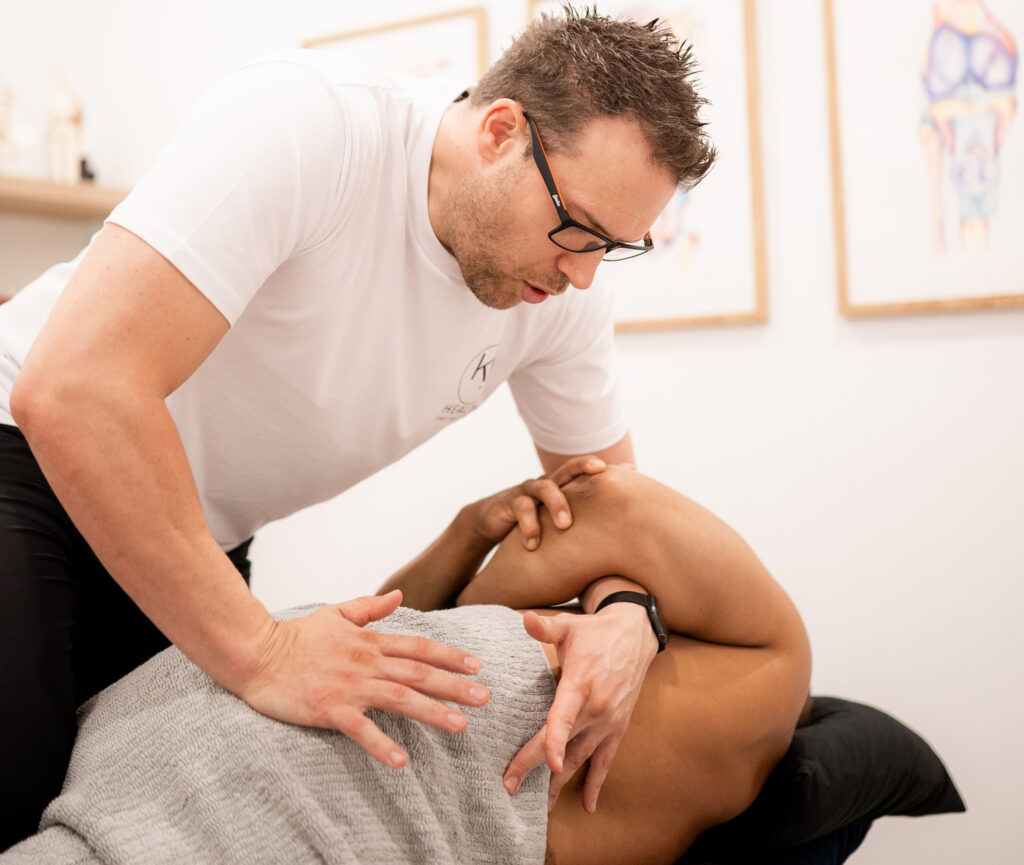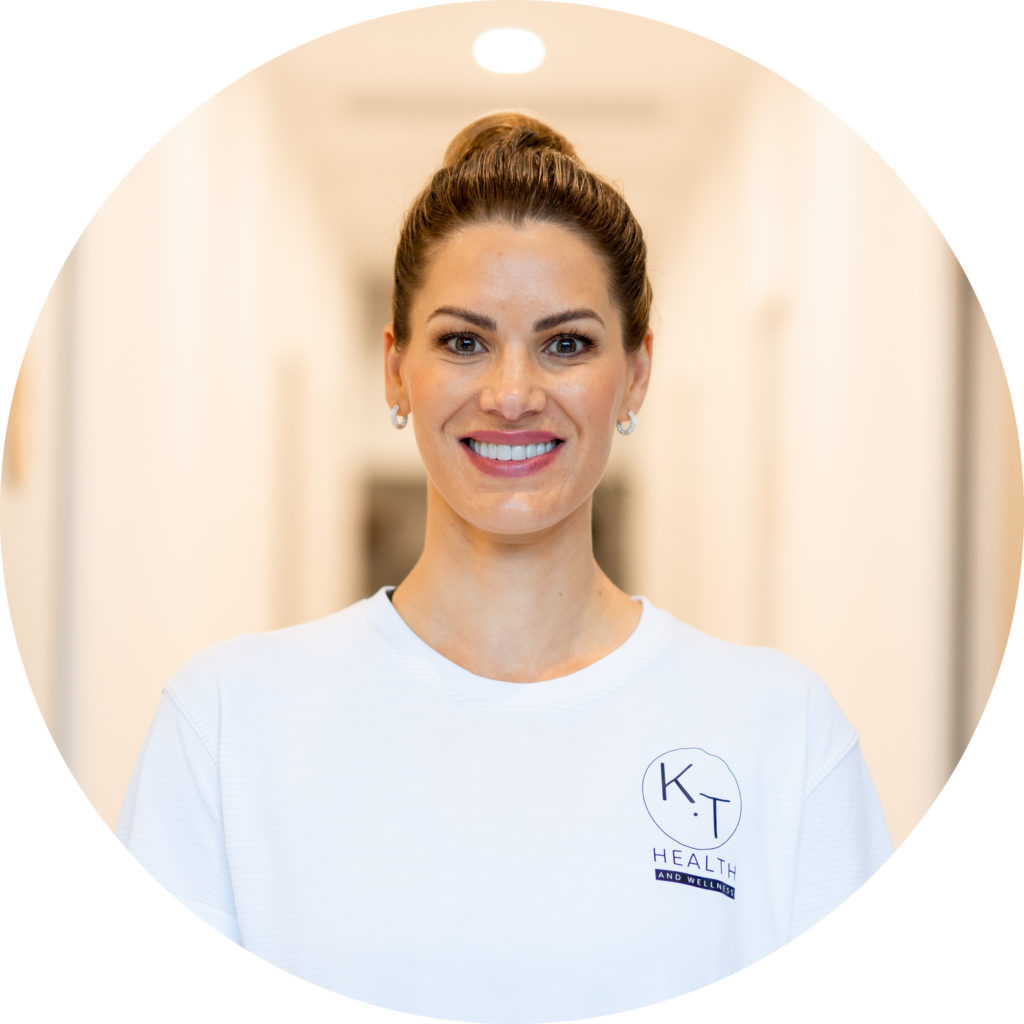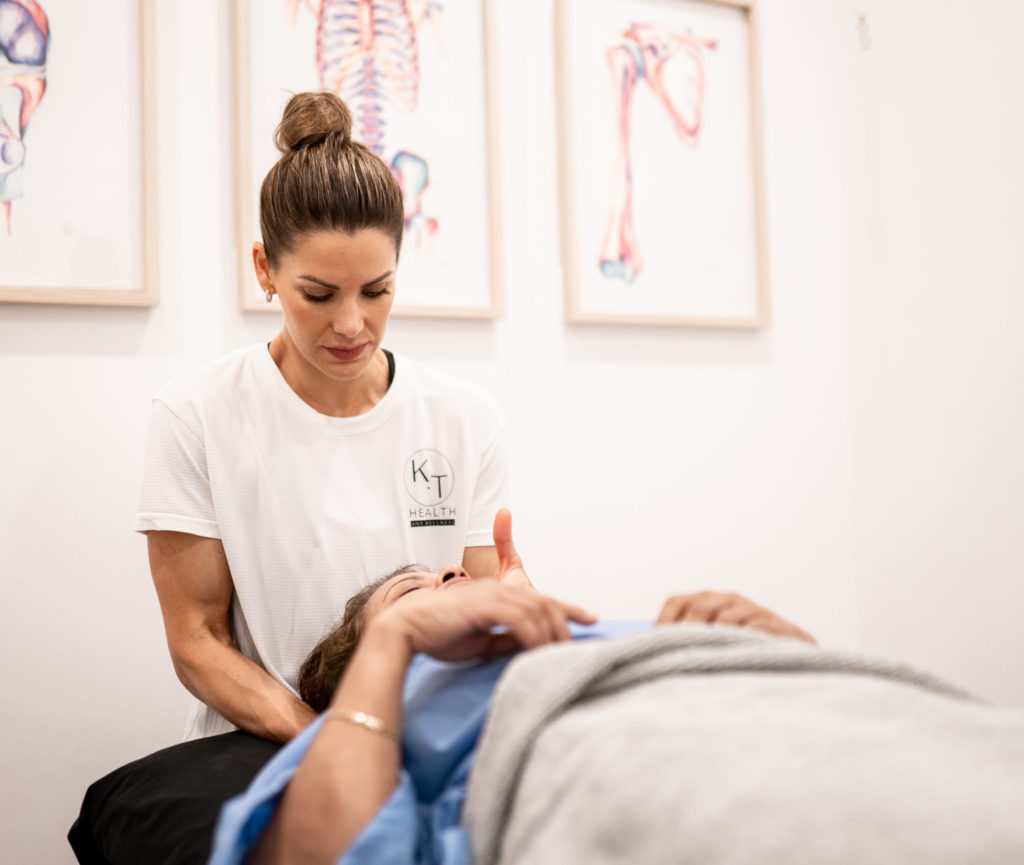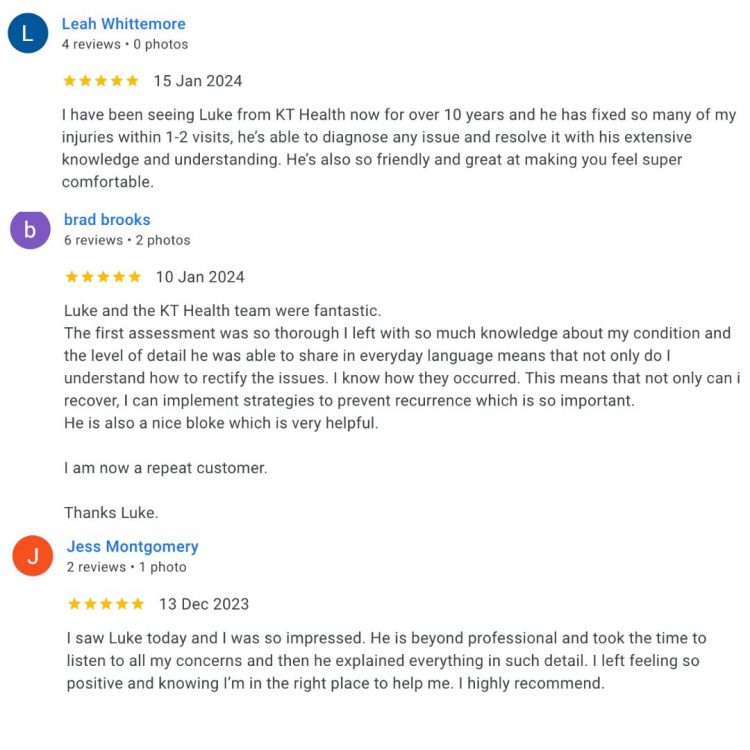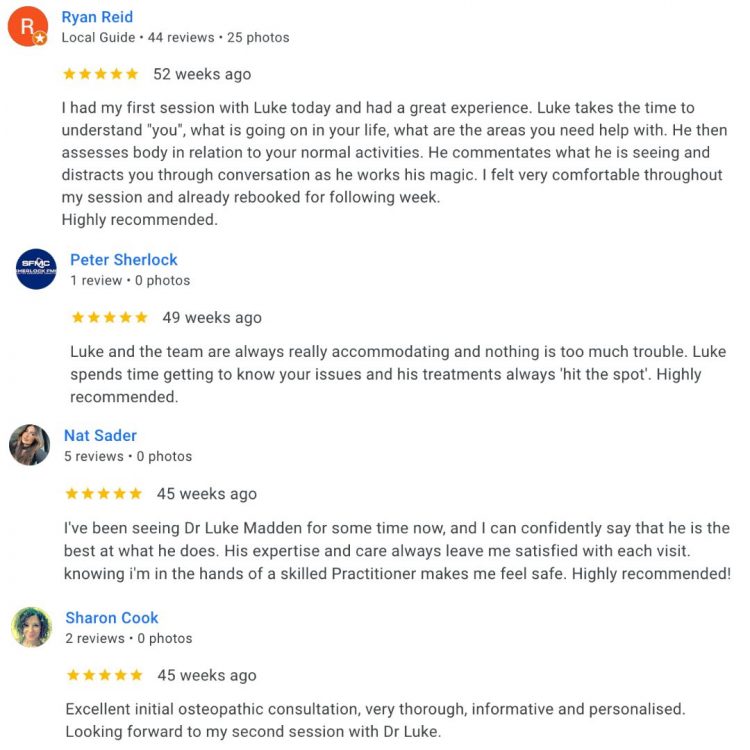A lumbar disc bulge happens when one of the intervertebral discs in the lower back (lumbar spine) starts to bulge outward, putting pressure on nearby nerves or spinal structures. While a disc bulge isn’t always painful, it can cause lower back pain, stiffness, and nerve symptoms like tingling, numbness, or leg pain if it compresses a nerve.
An analogy…
Think of a disc like a jelly-filled doughnut between your spine bones. If you squish the doughnut too much, the jelly pushes out the sides, that’s a disc bulge. The outer layer is still intact, but it’s bulging and can press on sensitive nerves nearby.
What are other names that a lumbar disc bulge can be called?
Bulging Disc, Disc Prolapse, Slipped Disc, Prolapsed Disc, Herniated Disc, Intervertebral Disc Injury, Sprained Disc
What causes a lumbar disc bulge?
Each disc has a tough outer layer (annulus fibrosus) and a soft inner centre (nucleus pulposus). A disc bulge occurs when repetitive pressure, strain, or a sudden force causes the inner part to push outward, creating a bulge in the disc’s outer layer. This can irritate or compress nearby spinal nerves, leading to back pain and referred pain down the leg (commonly known as sciatica).
What are the signs and symptoms of a lumbar disc bulge?
- Lower back pain, often on one side
- Pain that radiates into the buttock, thigh, or down the leg (sciatica)
- Tingling, numbness, or weakness in the leg or foot
- Pain worsens with bending, sitting, coughing, or lifting
- Muscle tightness or spasms in the lower back or hips
- In more severe cases, difficulty standing, walking, or using one leg normally
What tests are used to diagnose a lumbar disc bulge?
Physical exam: Checking posture, reflexes, sensation, and strength
Straight Leg Raise Test: Pain shooting down the leg when the leg is raised suggests nerve irritation
MRI: The most accurate way to confirm a disc bulge and nerve involvement
How long does a lumbar disc bulge take to heal?
Many disc bulges improve in 2 to 6 weeks with the right treatment and rest. If the bulge is large or causes nerve symptoms, it may take 6 to 12 weeks or longer to fully recover. Full return to heavy lifting, sport, or work may take 3 to 6 months, depending on severity, treatment, and rehab compliance.
How does a lumbar disc bulge happen?
- Repetitive bending, lifting, or twisting, especially with poor form
- Prolonged sitting, especially with poor posture
- Heavy manual work or sudden lifting injuries
- Weak core or poor spinal control
- Sedentary lifestyle leading to poor spinal support
- Previous lower back injuries or degeneration with age
What treatment can help a lumbar disc bulge?
- Relative rest
- Manual therapy, including mobilisation, massage, and spinal decompression
- Anti-inflammatory medication for pain relief
- Exercise therapy focusing on core strength, flexibility, and movement control
- Activity modification
- Nerve glides and mobility drills if symptoms extend down the leg
What exercises or stretches can I do for a lumbar disc bulge?
- Gentle spinal mobility exercises
- Neural glides for sciatic nerve irritation
- Core activation exercises
- Hip and hamstring stretches to relieve tension
- Progressive strengthening for glutes, abs, and spinal support
- Posture and lifting retraining to avoid recurrence
What products can help with a lumbar disc bulge?



